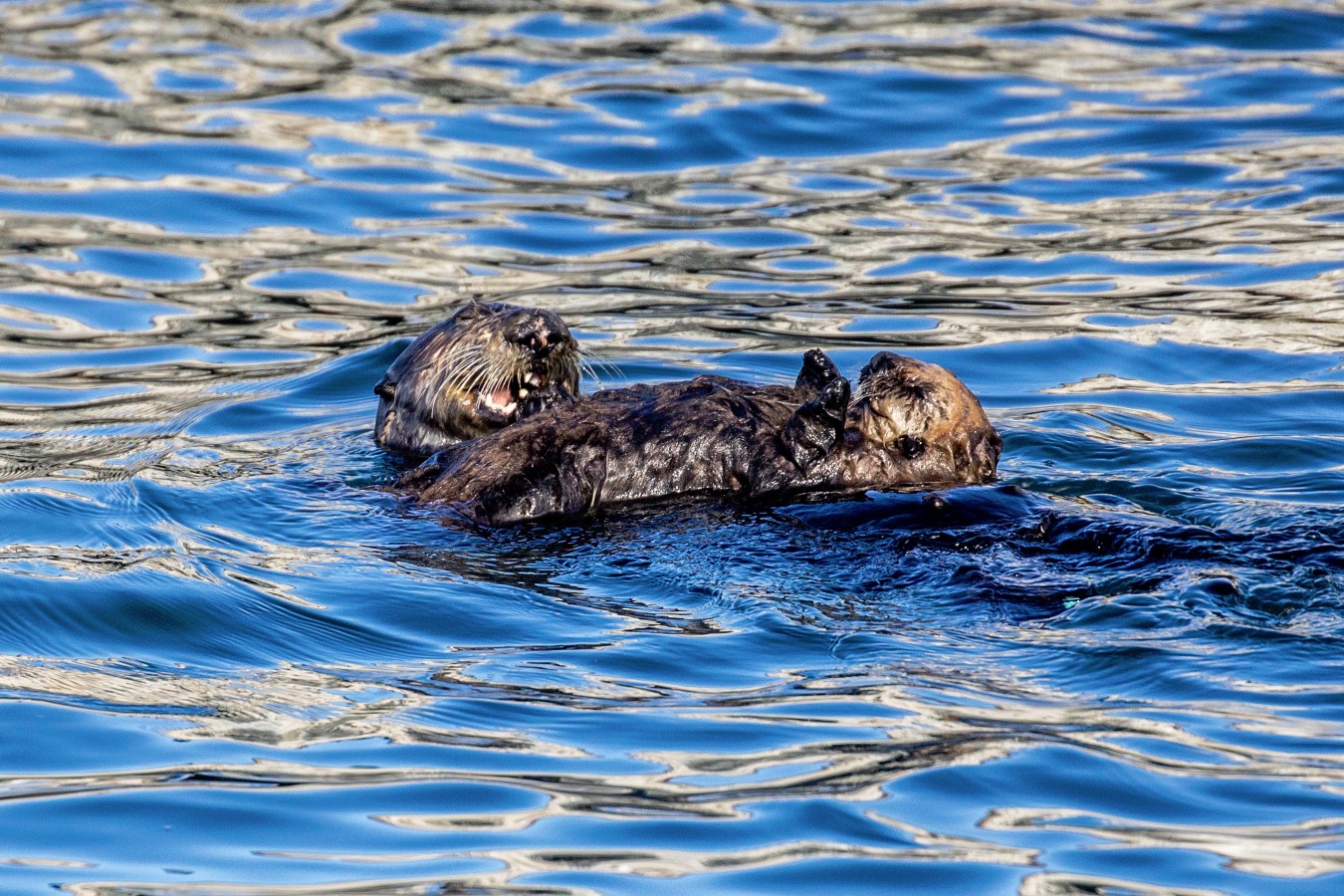Sea Otter Awareness Week! Sept 24-30th 2017

It’s Sea Otter Awareness Week! September 24th-30th 2017. Check out this awesome information from the official website www.seaotterweek.org:
About Sea Otter Awareness Week
Sea Otter Awareness Week falls on the last week in September and is an annual recognition of the vital role that sea otters play in the nearshore ecosystem. Each year, zoos, aquariums, natural history museums, marine institutions, filmmakers, researchers, academics, educators, and the public participate in various events and activities highlighting sea otters and their natural history and the various conservation issues sea otters are faced with.
- Sea otters play a critical role in the marine ecosystem as a keystone species. They promote a healthy kelp forest that, in turn, supports thousands of organisms.
- Wildlife viewing is one of the most popular activities among tourists and residents of California, as well as other areas where sea otters reside. However, excited tourists can put sea otters at risk by getting too close and making too much noise. Learn to be Sea Otter Savvy!
- Sea otters are indicator or sentinel species, meaning they reflect the condition of the environment they live in, and they are dying of a tremendous among of disease that has land-based connections. As humans and sea otters eat many of the same seafood items, high rates of sea otter disease may be a warning for both human and marine ecosystem health.
You Otter Know!
Sea Otter Fun Facts
Why Are Sea Otters So Important?
Sea Otter Systematics
- Common names: Southern or California sea otter, Northern sea otter, Russian sea otter
- Genus/species/subspecies: Enhydra lutris nereis, Enhydra lutris kenyoni, Enhydra lutris lutris
- Smallest marine mammal in northern hemisphere
- Largest member of Family Mustelidae; relatives include ferret, badger, mink, river otter, etc.
Historic and Current Range/Population
- In the early 1700’s, before wide-scale hunting began, their worldwide range was continuous from Japan to Baja California and the population was estimated at 300,000, possibly with a million or more, with approximately 16,000-20,000 along California’s coast.
- Sea otters are now only found off the coast of Japan, Russia, Alaska, British Columbia, Washington, and California.
- Standardized census of the California population was initiated in 1983.
Southern Sea Otter Management Issues
- The final southern sea otter recovery plan, a blueprint to guide, assist with, and implement sea otter recovery, was issued in 2005.
- The two primary management objectives for the California population are to increase sea otter abundance through reducing sources of mortality and increase the size of their range.
- Population decline – since the causes of declines occurring over the last decade are not entirely known, it is difficult to identify and implement a management action, rather it will be necessary to implement various management actions.
- Conflicts with fisheries – sea otters are curious by nature, making them susceptible to entanglement in nets and traps and they eat many things that are commercially or recreationally harvested.
You Can Make a Difference!
- A number of non-governmental agencies, researchers, educators, federal and state agencies, and others are involved in sea otter recovery efforts.
- Support efforts to control urban, industrial, and agricultural runoff that carries chemicals and biological pathogens into the oceans.
- Support efforts to minimize entrapment of marine mammals and birds in fishing nets.
- Purchase products harvested sustainably.
